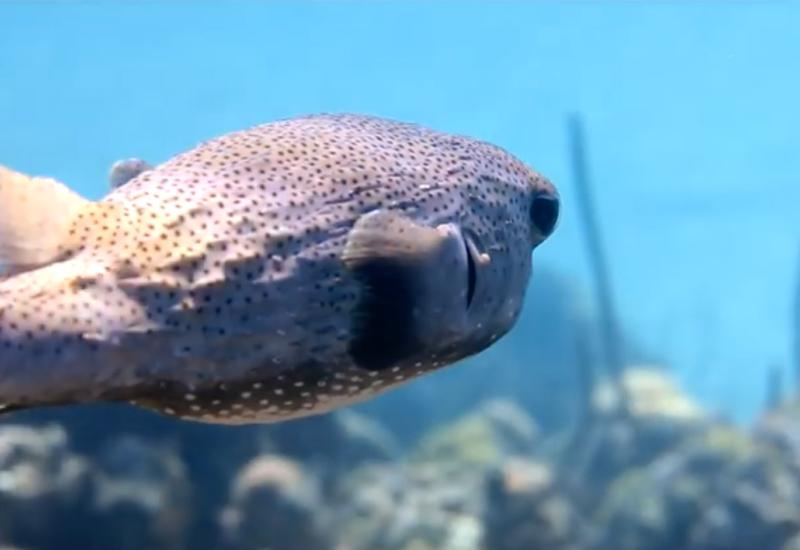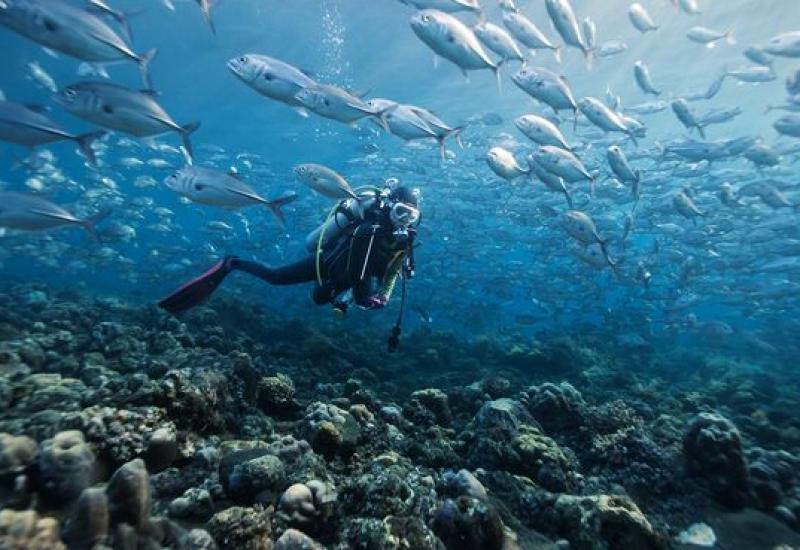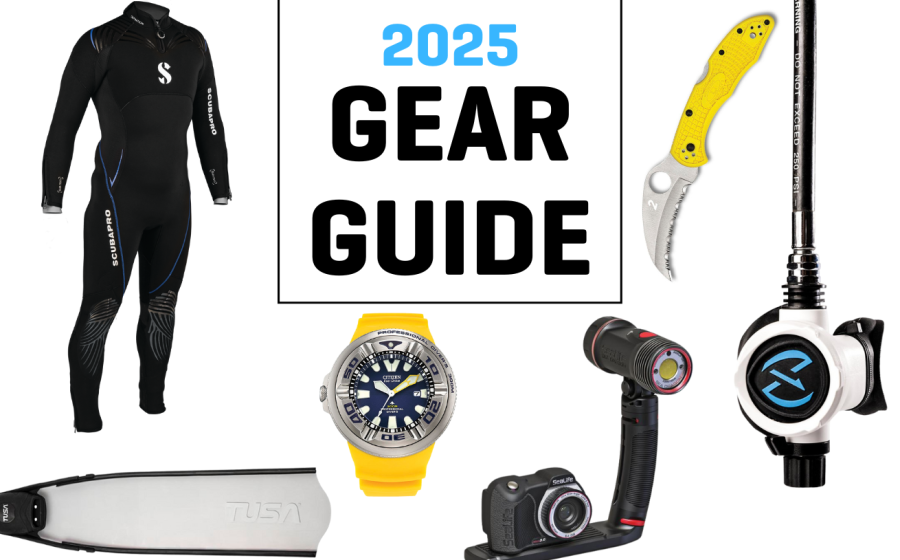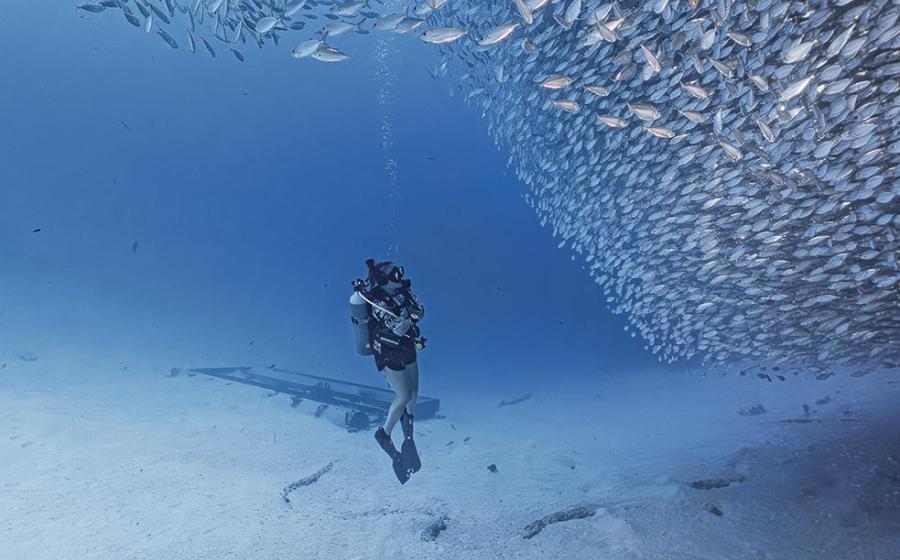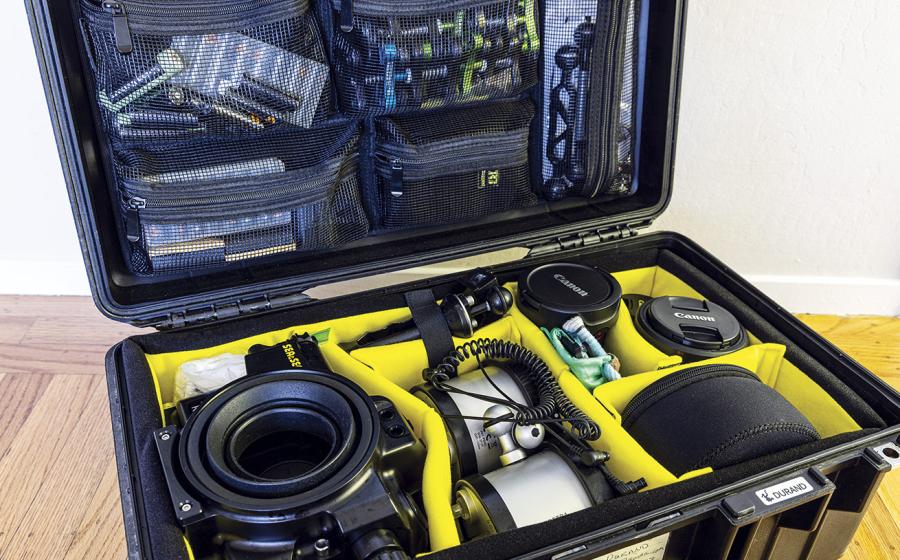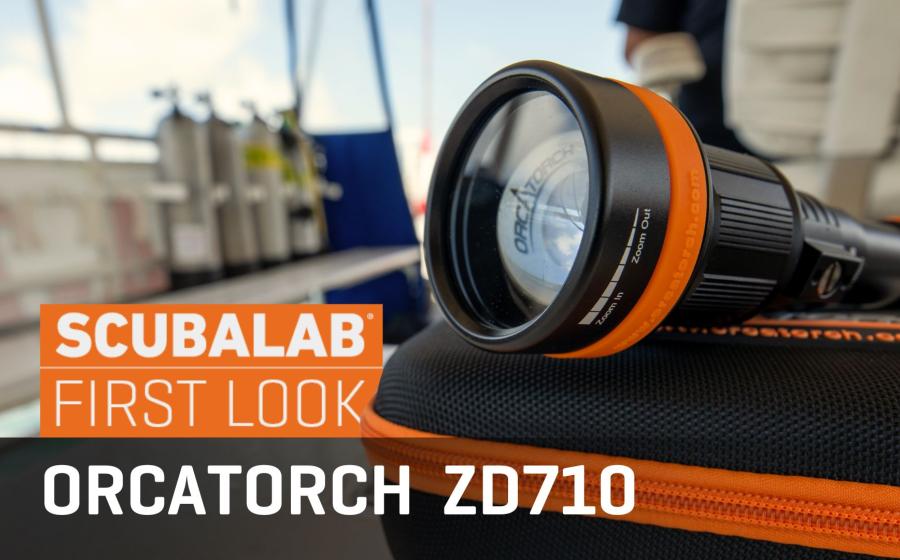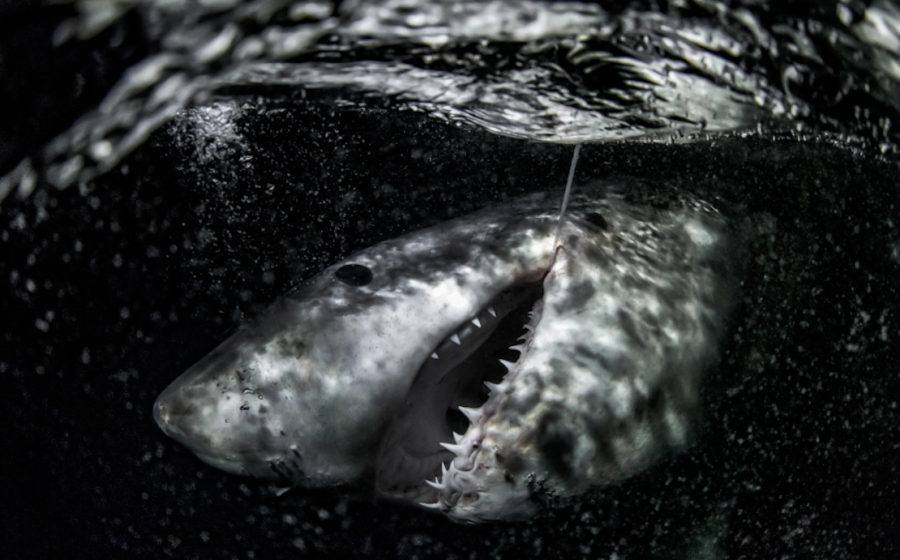What You Should Know Before Starting Freediving Training

Alexander Wells/Folioart.co.ukDo you have what it takes to freedive? If you’re serious about it, make sure you’ve got the training, gear and mindset.
“There is nothing like being underwater and holding your breath, escaping the noise and gear of scuba, and entering [a state] that is not only more peaceful, but one that has an added level of physical challenge,” says Liz Parkinson of Stuart Cove’s Dive Bahamas. “It will allow you to see the underwater world from a different perspective.”
An avid scuba diver and instructor, Parkinson is describing why she loves freediving, a sport that has a passionate following.
Freediving usually conjures competitive breath-hold diving — in which freedivers attempt to break world records or set personal bests by going to great depths, times or distances on a single breath of air — but there’s a recreational and practical aspect to it as well.
It’s not for everyone, but freediving can be a fun activity, especially if you want to experience quiet underwater bliss or photograph animals in locations where scuba diving is not permitted.
“There are many times when it’s useful to dive without scuba, and PADI’s Freediver course develops your skills in breath-hold diving,” says Karl Shreeves, PADI technical development executive. “You’ll learn the basics for the four fundamental forms of freediving, and in doing so, develop your ability to hold your breath longer. Of course, you’ll learn the safety principles that apply to freediving, including some that differ from scuba — and for good reason. Most important, you’ll learn about yourself and your body, and that you’re often limited more by your mind than your body.”
How do you know whether it’s for you? We talked to freediving experts to find out what’s involved in the training.
What You’ll Learn
If you’ve been snorkeling and duck-diving to get closer to an animal or the reef, it’s important to remember that freediving is not snorkeling. To freedive safely and avoid shallow-water blackout and other issues, there are safety considerations and techniques that only training by a certified instructor can prepare you for.
“Freediving is an extreme sport,” says Parkinson. “The safety factor and the required support a freediver needs separate it from snorkeling.”
Freedivers also require specific gear, training and mindsets to achieve their goals. “Yes, snorkelers do participate in shallow duck dives and underwater swimming, but freedivers use a greater level of athleticism and technique to venture to greater depths,” Parkinson explains.
PADI’s Shreeves also makes an important distinction between snorkeling (when doing it for fun or to participate in a snorkel-only encounter such as a humpback whale experience) and freediving at a more serious level: “In freediving the emphasis is inward and performance-focused.”
Parkinson and Shreeves are talking about advanced forms of the sport. But even when practicing basic freediving, it’s important to have a good level of fitness.
“Freediving is more athletic than other forms of diving,” says Shreeves. “But that said, most people in good average health can enjoy it to some level, just as is true with recreational scuba diving.”
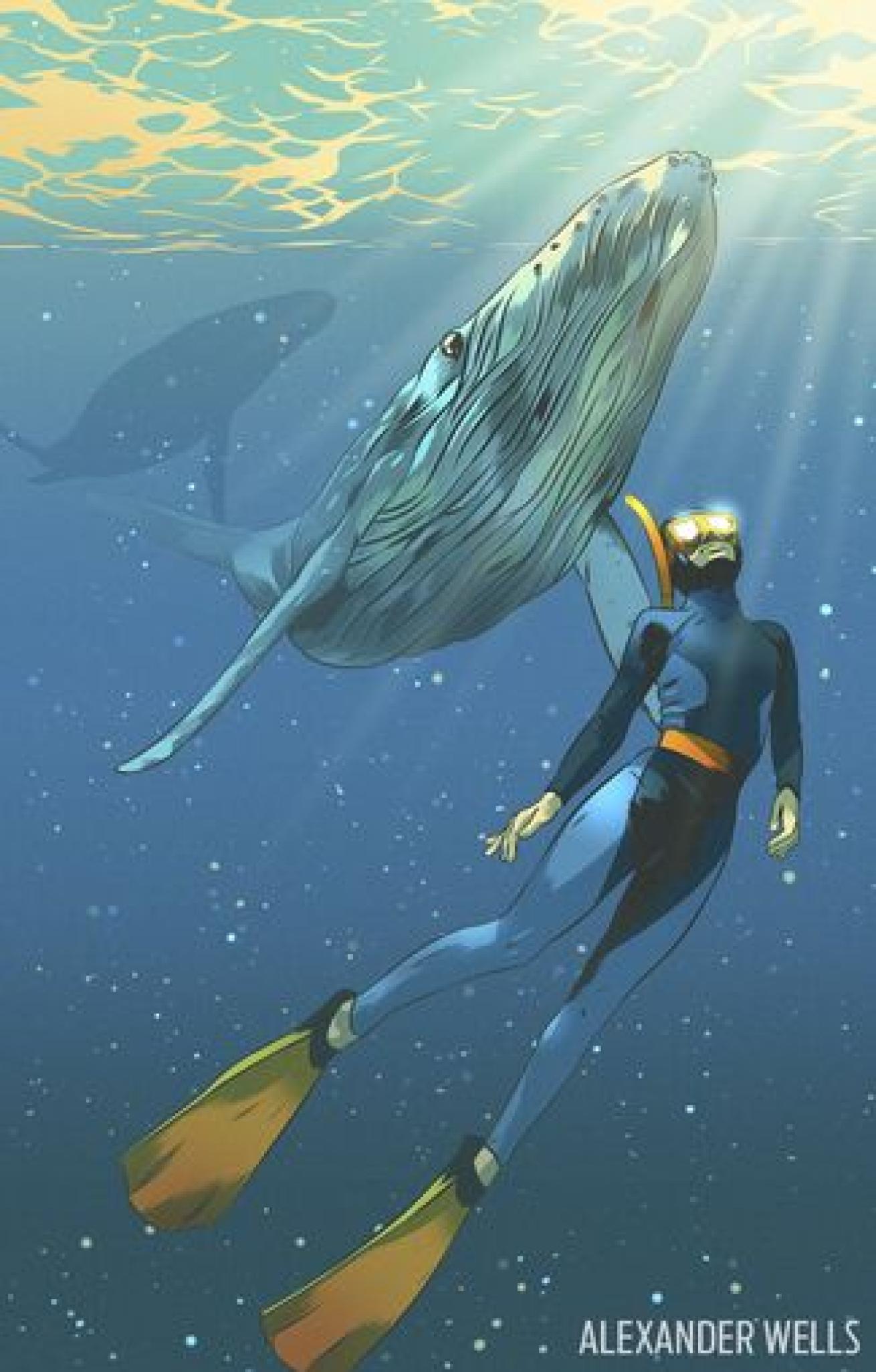
Alexander Wells/Folioart.co.uk“Snorkelers spend their time on the surface while constantly breathing,” says Mikutowicz. “Freedivers can get closer to the marine life while holding their breath.”
In PADI’s Freediver course you’ll learn advanced breathing techniques in order to conserve oxygen while breath holding and to increase depth and time underwater. The course consists of three main phases:
1) Learning about freediving principles, including how your body reacts to breath holding and how water pressure affects you as you dive down.
2) Confined-water session to learn breath-hold techniques as well as static and dynamic apnea. The goal: static apnea of 90 seconds and dynamic apnea of 80 feet.
3) Open-water sessions to practice free immersion (pulling yourself along a line) and constant weight (duck-diving headfirst while following a line), plus proper buddy procedures. You also practice basic rescue techniques and learn your role as a buddy. The goal: constantweight freedive of 30 feet.
What Are the Requirements for Freediving?
The minimum age is 15 years old for the Freediver course. (You must be at least 12 to take the PADI Basic Freediver certification, which is a subset of the Freediver course. It includes only knowledge development and a confined-water session.)
All students must complete a medical-history form that asks about medical conditions that could be a problem while freediving. In some areas, local laws require all students to consult with a physician before starting the course.
You must demonstrate basic water skills to be sure you’re comfortable, including a required swim for at least 200 yards without stopping, and wearing a mask, fins and snorkel. There is no time limit for completing the swim, and you may use any swimming stroke.
How Long Does It Take?
There are at least three water sessions that will likely be scheduled on separate days. Your training might take two to three days or longer. The recommended course duration is 15 hours, but keep in mind that during confined- and open-water sessions, your instructor will focus on helping you become a confident and comfortable freediver, not on how long it takes. You earn your certification based on demonstrating proper technique in a safe manner. This means that you progress at your own pace — faster or slower depending on the time you need — to become a competent freediver.
Is Ear-Clearing a Problem?
As long as you have no irregularities in your ears and sinuses, you’ll learn how to adjust for pressure changes in your ears.
“Ear equalization is important for all types of diving,” says Shreeves. “It’s also a skill, and most people can learn to equalize quickly and reliably with practice. The most important things are to descend slowly while learning, and never continue down if you can’t equalize. If it’s slow for you at first, be patient. It will come as you gain experience.”
Jo Mikutowicz, managing partner of Grand Cayman’s Divetech, says freediving practice can help those with ear-clearing issues, especially if you take more-advanced courses. “As you reach deeper depths — beyond 90 feet — equalization can become a bit difficult, but the next level of freediving instruction will teach you how to equalize your ears properly with the limited air you have in your lungs.”
If you know that you do have ear problems, it is best to communicate this to your instructor. “You might need to spend more time on a descent to reach the required depth,” says Parkinson. “Try descending feet-first while pulling down on the descent line. This will give you more control and might help with your ears.”
“I was on the North Wall off Grand Cayman and freedived down to 50 feet, and a spotted eagle ray swam by. It stayed next to me, almost as if trying to figure out what I was. I finally returned to the surface and saw on my computer that my dive time was 2 minutes and 20 seconds, a new personal-best dive time. A freedive with a beautiful eagle ray — not a bad dive!”
Jo Mikutowicz
What You’ll Love
For some freedivers, the competitive aspect of testing their breath-holding limits — both their own and those recorded in the record books — is the hook. But for others, freediving is a more serene pursuit.
“I enjoy discovering that I can stay underwater longer on a single breath than I think I can — and it’s something that I do time and again,” says Shreeves. “But the other thing I love is the quiet. I enjoy that on my rebreather too, but freediving is even quieter.”
For underwater photographers, there are practical reasons too. “Unless you are purposely trying to capture a bird’s-eye view, one of the key compositional tenets of underwater photography is to get low,” says underwater photo pro Allison Vitsky Sallmon. “When shooting marine creatures, being at or just below the level of your subject will allow you to meet it eye to eye.”
Many marine-animal encounters, like those with whales and whale sharks, are snorkel-only experiences. “Snorkelers spend their time on the surface while constantly breathing,” says Mikutowicz. “Freedivers can get closer to the marine life while holding their breath.”
Mikutowicz recalls one memorable encounter that sums up what freedivers love about their sport: “I was on the North Wall off Grand Cayman and freedived down to 50 feet, and a spotted eagle ray swam by. It stayed next to me, almost as if trying to figure out what I was. I finally returned to the surface and saw on my computer that my dive time was 2 minutes and 20 seconds, a new personal-best dive time. A freedive with a beautiful eagle ray — not a bad dive!”
PADI’s Freediving Courses
Freediver
Develops the knowledge and skills for basic static apnea, dynamic apnea, free immersion and constant-weight freediving from 10-16 meters/30-55 feet. When completing open-water training is not feasible or desirable, students complete the knowledge and confined-water skill portion of the PADI Freediver course (6 meters/20 feet max) to earn the PADI Basic Freediver rating.
Advanced Freediver
Expands knowledge and skills, and with further development in static apnea, dynamic apnea, free immersion and constant-weight freediving from 16-24 meters/55-80 feet.
Master Freediver
Continues knowledge and skill progression with further development in static apnea, dynamic apnea, free immersion and constant-weight freediving from 24-40 meters/80-130 feet.



